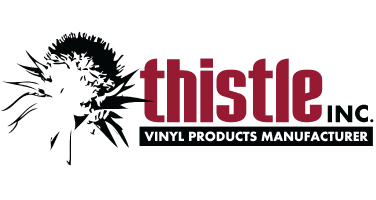
11 Apr 23 Best Selling Practices for 2016 Part 1
For sales professionals, social selling is at a critical stage. Utilize Facebook, Twitter and LinkedIn to their fullest. Given the way buyers research in the age of social media, social selling is widely recognized as the best way to prospect more efficiently, build quality relationships, and make more sales. In fact, a recent survey by KiteDesk and Jim Keenan found that socially savvy sales professionals are 6.7 times more likely to exceed quota than those with rudimentary or no social media skills.
Yet even as early adopters achieve amazing results, many organizations are still in the “wait-and-see” phase. That means salespeople who make the switch now can establish a strategy that works while the rest of the pack is still getting started.
To help you kick off your personal social selling transformation, we have compiled insights from some of the brightest minds in the business, along with statistics that can help you make the case to your sales leader. Read on for advice and insights that can help you crush your sales goals in 2016.
Adopting a Social Selling Mindset
1. Recognize the potential. Sales pros are constantly searching. They’re hungry for new prospects, searching for new opportunities and longing for insight to create engaging conversations with these prospects. Social media is a colossal clue buffet. Search Facebook, LinkedIn and Twitter to research companies and your contacts.
2. Use social media throughout the sales process. Social media used professionally helps the seller:
- Listen and understand customer segments and competitors
- Identify and build trust with influencers
- Identify buying triggers and potential leads
Nurture a network and stay top of mind with customers
3. Focus on the buyer, not the sale. Social Selling calls for storytellers, taking your expertise, passion, knowledge, and insight and turning that into answers to customers’ questions. It’s about using the data and information available via the web to create deeper relationships with your customers. Get relationships, get insight, and get data.
4. Create relationships that lead to revenue. Your main mission with social media is to get people to respect you, engage with you (build relationships) and to use those two techniques to build actual revenue.
5. Continue to refine and improve. The salesperson who doesn’t believe that they know enough will take on personal and professional development projects. They will work to find areas where they need to know more, and they’ll work to learn it. They’ll find areas where they need to develop new choices and discover what other people are doing. They’ll model successful people’s beliefs and behaviors. This salesperson will find new opportunities.
Establishing Credibility
6. Make your personal brand consistent. Today, not tomorrow, take action to ensure that your online image casts YOU in the best light. Ensure that you have professional looking headshots on all your profiles. Ensure that your profiles are complete, truthful and tell your story well. Ensure that you have a consistent profile message on all major social networks (Facebook and LinkedIn are both great examples).
7. Make your LinkedIn profile a compelling microsite. Make your profile a destination. Go beyond keywords and spice up your profile with embedded video and SlideShares. It’s much cooler when leads chase you for a change.
8. Include a call to action in your summary. The first section of your LinkedIn profile that people see is the summary. It should come right out and say that you are open to conversations with people who could benefit from a professional relationship with you, and it should say how to start that conversation.
9. Be a beacon of honesty and integrity. Stand for something. And stick to your guns. Having firmly held beliefs and speaking the truth to the people who make decisions, which includes your prospects who look to you for inspiration and leadership, is essential in sales.
10. Be active where your buyers are. While most companies now use Facebook, Twitter, Instagram etc. to promote their own products and brand, individual decision-makers within those companies tend to use LinkedIn as a tool for networking and professional development. And that’s where you can catch their eye by adding value and demonstrating your expertise.
11. Establish authority to differentiate yourself. The indirect component of social selling is about building your own personal brand so people eventually come to you and see you as an industry expert, not just a sales person.
12. Contribute to the conversation in LinkedIn Groups. A quick interaction in a group conversation–even just sharing a news story or a useful link–can be the tipping point that causes a prospect to see you as a problem-solver.
According to a recent study, 57% of buyers browse existing discussions during research, more than any other method of social media research. Join LinkedIn Groups that are relevant to your prospects’ industry and participate in the conversation. You will establish your own reputation, attract prospects to your profile, and provide a resource that future prospects can use to find you.
To be continued . . .Part 2
